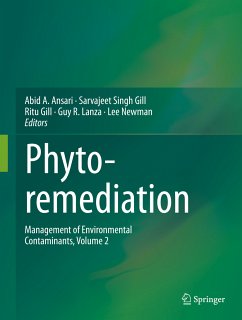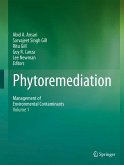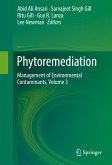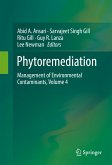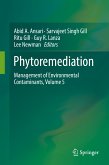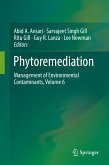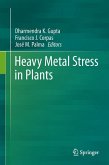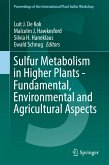Volume two of this dual volume series includes additional examples of the use of green plants and their associated communities to remove, degrade, or stabilize contaminants entering the air, water and soil of a multitude of ecosystems. The chapters in this volume provide additional examples that illustrate how phytoremediation applications can serve as one of several useful components in the overall management and control of contaminants while using relatively low cost solar driven physiological and biochemical mechanisms common in most plants. This text also has the added value of providing remediation options that offer minimal disruption to the ecosystem or habitat under repair.
Phytoremediation: Management of Environmental Contaminants, Volume 2 presents its readers with new insights into the advantages and disadvantages of using phytoremediation to manage the continuing threat of ecosystem degradation resulting from the interaction of contaminants and climate change.
Dieser Download kann aus rechtlichen Gründen nur mit Rechnungsadresse in A, B, BG, CY, CZ, D, DK, EW, E, FIN, F, GR, HR, H, IRL, I, LT, L, LR, M, NL, PL, P, R, S, SLO, SK ausgeliefert werden.

